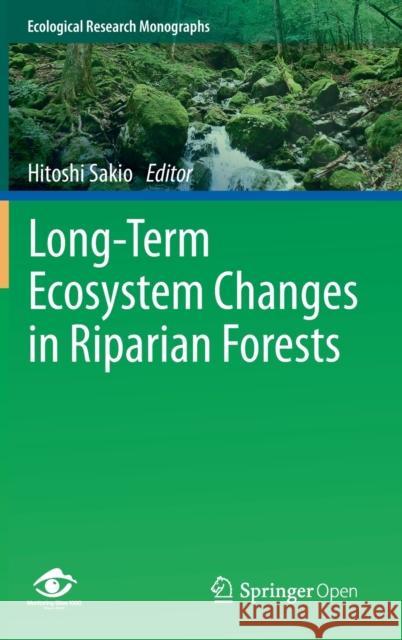Long-Term Ecosystem Changes in Riparian Forests » książka
topmenu
Long-Term Ecosystem Changes in Riparian Forests
ISBN-13: 9789811530081 / Angielski / Twarda / 2020 / 234 str.
Long-Term Ecosystem Changes in Riparian Forests
ISBN-13: 9789811530081 / Angielski / Twarda / 2020 / 234 str.
cena 201,24
(netto: 191,66 VAT: 5%)
Najniższa cena z 30 dni: 192,74
(netto: 191,66 VAT: 5%)
Najniższa cena z 30 dni: 192,74
Termin realizacji zamówienia:
ok. 22 dni roboczych
Dostawa w 2026 r.
ok. 22 dni roboczych
Dostawa w 2026 r.
Darmowa dostawa!
Kategorie:
Kategorie BISAC:
Wydawca:
Springer
Seria wydawnicza:
Język:
Angielski
ISBN-13:
9789811530081
Rok wydania:
2020
Wydanie:
2020
Numer serii:
000411098
Ilość stron:
234
Waga:
0.51 kg
Wymiary:
23.39 x 15.6 x 1.42
Oprawa:
Twarda
Wolumenów:
01
Dodatkowe informacje:
Wydanie ilustrowane











